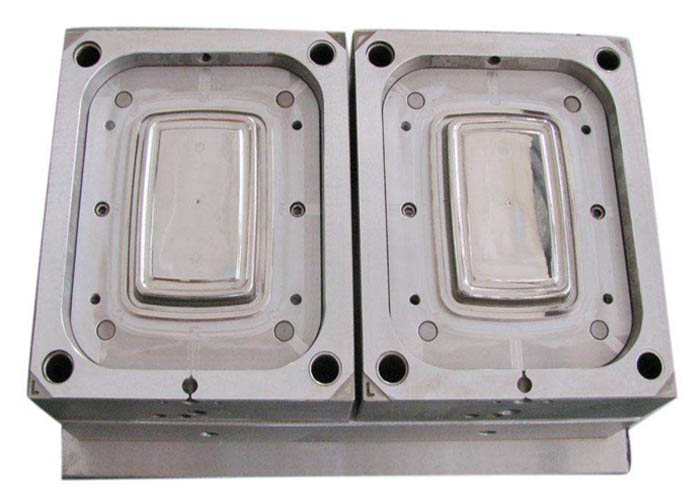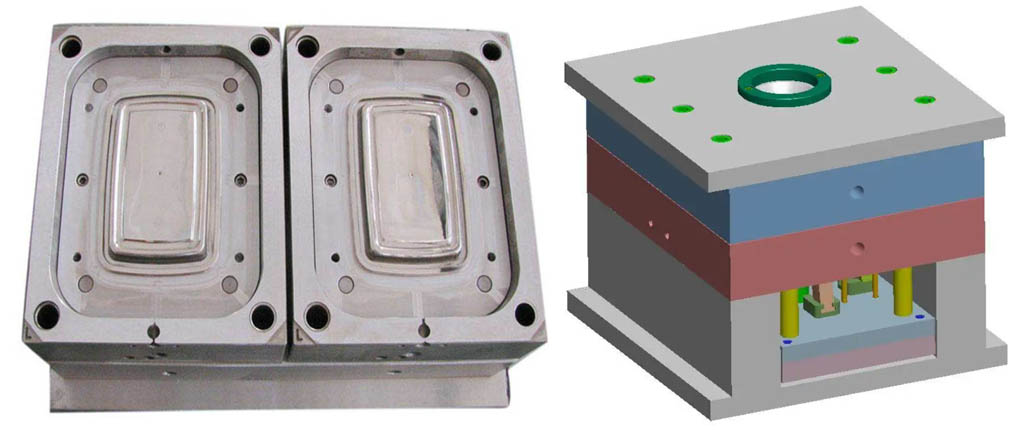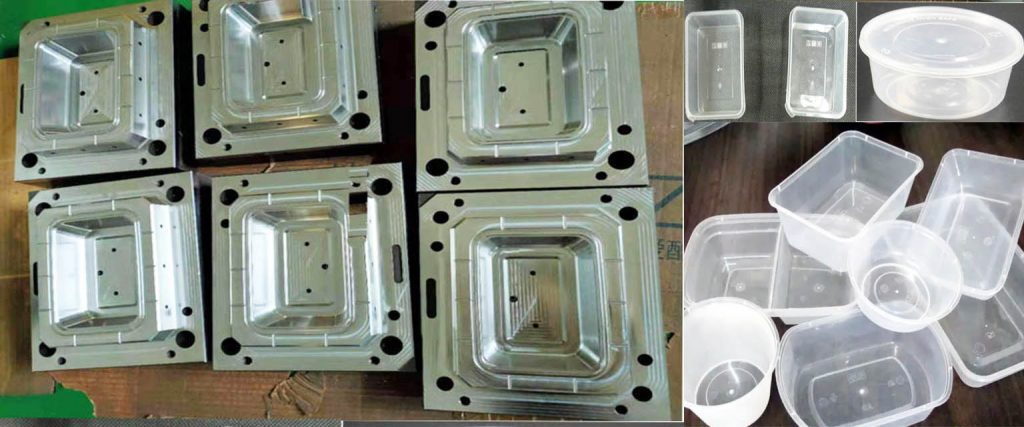Injection Mould life refers to the number of parts that can be formed on the premise of ensuring the quality of the parts. How to Improve the Life of Injection Mould ? It includes repeated sharpening and replacement of wearing parts until the main part of the mold is replaced with the total number of qualified parts formed.
The failure of the mold is divided into abnormal failure and normal failure. Abnormal failure (early failure) refers to the failure of the mold to serve when it has not reached a recognized life at a certain industrial level. The forms of early failure include plastic deformation, fracture, and local severe wear.

Normal failure means that the mold cannot continue to serve due to slow plastic deformation or relatively uniform wear or fatigue fracture after being used in mass production.
Injection moulds play an important role in the manufacturing process of many products, ranging from automotive components to medical devices. Therefore, it is crucial to maintain and improve their quality to ensure efficient and effective production. Here are some ways to improve the life of injection moulds:
Table of Contents
ToggleSeveral Tips to Improve the Life of Injection Mould
1. Choose high-quality materials
The mould material you choose will have a significant impact on its durability and maintenance requirements. Opt for high-quality materials that are corrosion-resistant and offer good thermal conductivity.
2. Regular maintenance
Injection moulds need to be inspected and maintained regularly to prevent wear and tear and ensure their longevity. Regular cleaning and lubrication are essential to prevent rust and corrosion, and ensure smooth operation of the mould.
3. Correct usage
Proper use of the injection mould is necessary to avoid cracking, warping, or breaking. Avoid using excessive force, and make sure the mould is properly aligned, leveled, and clamped.
4. Temperature control
Proper temperature control is critical in the injection moulding process. Ensure that the temperature is maintained within the recommended range to avoid thermal fatigue, which can cause cracks and deformation in the mould.
5. Avoid overproduction
Overproduction can cause the mould to wear out quickly. Therefore, it is essential to monitor the number of products produced and avoid overstressing the mould.
6. Use protective coatings
Applying a protective coating to the mould can help prevent corrosion and reduce the frequency of maintenance requirements.
7. Invest in backups
Having a backup mould can help avoid downtime due to maintenance requirements or unexpected damage to the primary mould.
In summary, injection moulds require regular maintenance, appropriate usage, correct temperature control, careful production management, and protective coatings to improve their lifespan. By adopting these measures, you can maximize the efficiency and effectiveness of injection moulding in your business.
Injection Mold normal life
Before the normal failure of the mold, the number of qualified products produced is called the normal life of the mold, referred to as the mold life, and the number of qualified products produced before the mold is repaired for the first time is called the first life; The number of qualified products is called repair mold life. The mold life is the sum of the first life and each repair life.
The life of the mold is related to the shape and structure of the mold. It is the performance of the mold material, the mold design and the manufacturing level in a certain period of time. Comprehensive reflection of mold heat treatment level and use and maintenance level. The level of mold life reflects the level of metallurgical industry and machinery manufacturing industry of a region and country to a certain extent.


